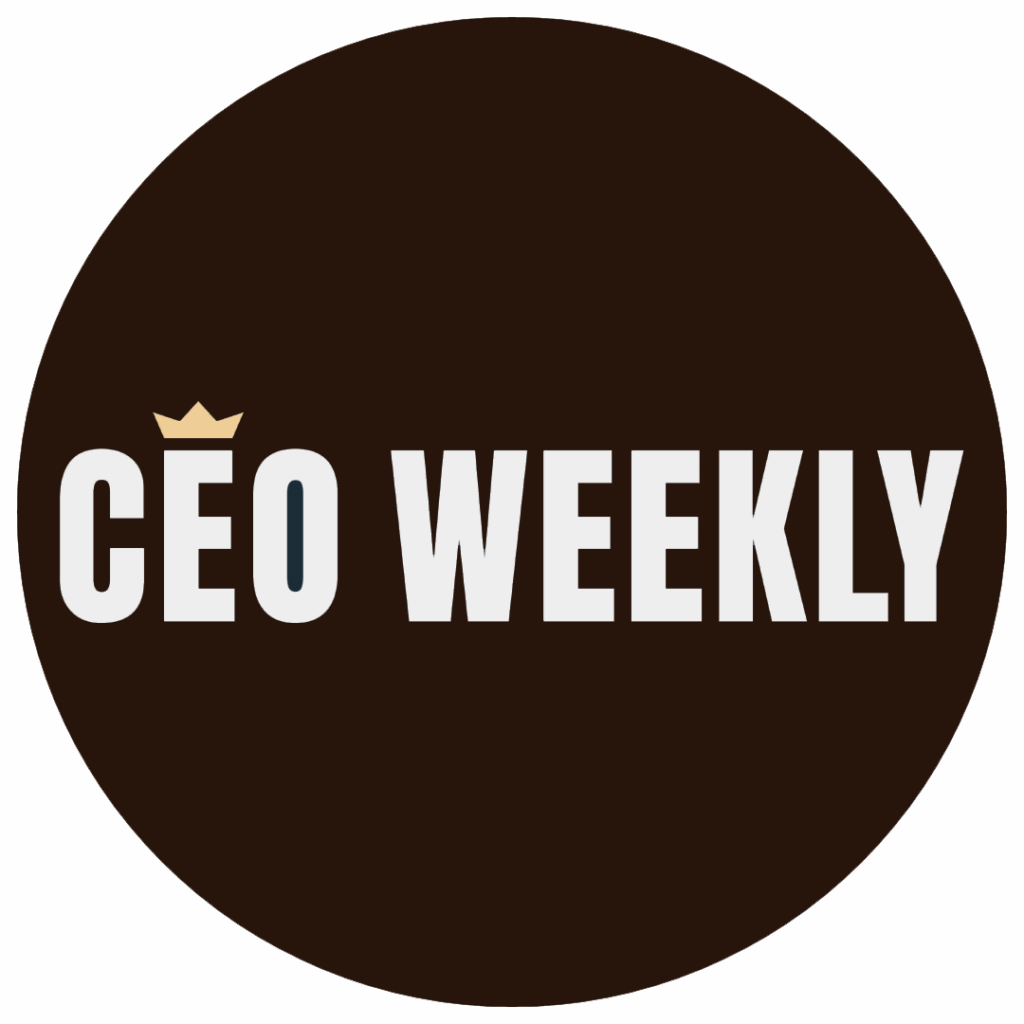In many organizations, the conversation about workplace culture remains centered on top-down initiatives, policy rollouts, and metrics. But often overlooked in this dialogue is one of the most powerful assets already inside the building—women leaders. Their natural communication styles, relational strengths, and team-focused approach make them uniquely positioned to help shape culture in a sustainable, human-centered way.
Workplace culture is more than just a set of values or a mission statement; it’s the heartbeat of any organization. It influences everything from employee satisfaction and productivity to innovation and retention. Yet, despite its importance, many organizations still treat culture-building as an afterthought, or a project relegated to the HR department. What’s missing from this equation? The often-underestimated contributions of women.
Women’s Unique Strengths in Culture Building
Women often lead with empathy, a trait closely tied to higher employee engagement and retention. A McKinsey & Company report found that women leaders are more likely to provide emotional support and check in on employees’ well-being. These are essential behaviors for building trust and loyalty in teams. According to the same report, 70% of employees with high levels of well-being report feeling engaged at work, underscoring the direct correlation between emotional support and productivity.

Women tend to foster more inclusive environments where all voices are heard. They are more likely to encourage feedback and create space for diverse perspectives, which is critical in today’s collaborative work environments. Research from Catalyst, a global nonprofit focused on advancing women in the workplace, highlights that inclusive teams are more innovative and better at problem-solving, leading to improved organizational performance.
Chellie Phillips, a workplace culture expert and author of Culture Secrets, argues that culture should not be treated as an HR initiative, but an organizational imperative driven by every leader. Women, she says, are often natural culture champions but are not always empowered to use their voice in that role.
“Women bring more than skills; they bring cohesion,” Phillips says. “They ask questions others won’t. They notice the small things that matter. They build communities within the workplace.”
This cohesive approach is particularly important in today’s hybrid and remote work environments, where fostering connection and belonging can be a challenge. Women leaders excel at creating spaces where employees feel valued and seen, which ultimately leads to stronger engagement and retention.
The Misconception of “Soft Skills”

Instead of viewing women’s strengths as soft skills, organizations should recognize them as essential culture competencies. Research from the Harvard Business Review also shows that women outperform men in 17 out of 19 leadership competencies, particularly in building effective teams and developing others. These are critical attributes for shaping a positive workplace culture.
By viewing these traits through the lens of organizational leadership, companies can begin to recognize the strategic value women bring to the table. For instance, a workplace that emphasizes empathy, collaboration, and integrity fosters a more supportive environment, which in turn drives higher employee satisfaction and productivity.
Women’s Role in Resilient, Engaged Workforces
Companies that want to build a resilient and engaged workforce should intentionally elevate women into cultural leadership roles, not just executive seats. When women are empowered to take on leadership roles focused on culture whether it’s in the design of recognition programs, values alignment efforts, or employee experience strategies, the impact on employee engagement and retention is immeasurable.
Women also play a critical role in the communication strategies that underpin a healthy organizational culture. Whether through transparency, vulnerability, or the ability to lead with authenticity, women often serve as the communicators who bridge gaps between management and frontline employees. Their approach fosters open dialogue, trust, and collaboration across all levels of the organization.
The V.A.L.U.E. Culture Formula: Leveraging Women’s Leadership for Greater Impact
Chellie Phillips’ V.A.L.U.E. Culture Formula—Vision, Accountability, Leadership, Uniqueness, and Engagement—serves as a guide for embedding inclusive leadership principles into daily operations. And in every step of the formula, the unique contributions of women enhance impact.
- Vision: Women leaders bring a collaborative approach to shaping the vision for the organization. They work to ensure that everyone has a shared understanding of the company’s goals and how they contribute to its success.
- Accountability: Women tend to lead with a sense of responsibility to both their teams and the broader organization, ensuring alignment between values and actions.
- Leadership: Women’s leadership often involves mentorship and development, fostering an environment where employees feel supported and encouraged to grow.
- Uniqueness: By recognizing and celebrating the diversity of perspectives that women bring to the table, companies can create an environment where innovation thrives.
- Engagement: Women are natural engagement drivers, using their relational strengths to keep teams connected, motivated, and aligned with the company’s values.
For more insights and tools, visit www.chelliephillips.com.
Empowering Women for Cultural Leadership
Empowering women to take on leadership roles in shaping workplace culture isn’t just the right thing to do, it’s the smart thing to do. As organizations continue to navigate the complexities of the modern workforce, it’s essential that they leverage the full potential of their employees. By elevating women leaders and recognizing their unique contributions to culture-building, companies can create more inclusive, engaged, and resilient workplaces.
The need for diverse leadership voices, particularly women, has never been greater. Companies that invest in women’s leadership will not only benefit from a more engaged workforce but will also build a stronger, more sustainable organizational culture. In the end, it’s clear that women aren’t just shaping workplace culture, they are redefining it for the better.
About the Author
Chellie Phillips is a workplace culture expert, nationally recognized speaker, and international best-selling author of Culture Secrets. She helps leaders create thriving, people-first organizations using her proven V.A.L.U.E. Culture Formula. Learn more at www.chelliephillips.com.










